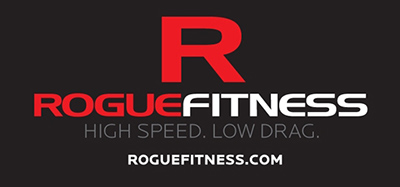
Energy Sources and How We can Exploit Them

Understanding the energy sources (metabolic pathways) in our body and how they relate to our workouts is something that can help you understand the desired stimulus of a workout and help you pace and perform better. Ultimately leading to a better overall workout.
We have 3 main energy sources in the body. They are phosphagen, glycolysis and oxidative. Energy is derived from ATP and these three help replenish that so we can do more work.
The phosphagen system is unique in that it is readily available in all of us at the start of a workout. It is potent and powerful. It supplies a strong dose of energy. The downside is that it is depleted in about 10 seconds and wont be back until we get 4-5 minutes of rest. If we are doing a 3-6 minute workout where a few seconds become very important it is a good idea to go all out from the beginning and settle into a pace 10-15 seconds into the workout. In a longer workout it may not be beneficial and may just mess up our pacing from the beginning. This is also our primary energy source in a 1 rep max lift. This is why we want to allow ample rest time when going for that big lift. We need to have this system replenished.
The glycolysis system is activated in the :20 second range of a workout and lasts up to 2:00. If we are doing a 400m sprint we will be using this energy source. A common strategy for a 400m sprint is to go all out through the first turn, stride the back stretch and empty the tank to bring it home. This should leave you completely depleted, which is why the 400m (along with the 800m) is considered one of the most demanding events. This is also a great fat burning zone and one that we like to spend as much of a workout in as possible. This is why we commonly do 5 minutes of work with 5 minutes of rest.
Our last system is the oxidative. This is the most abundant and most used source of energy in our longer workouts. This is fed by carbs and fats. More carbs are used when the intensity increases. When we are in our aerobic state we our using this energy source. Generally, our goal in a workout is to not go aerobic, which is why we do work: rest intervals. (see the chart for a breakdown of pathways). When we go aerobic we are not building muscle and we are burning both fat and muscle. In our anaerobic state we are burning fat and building muscle. I am not saying that aerobic training is bad. I am simply pointing to our goals and why we don’t do too many workouts over 20 minutes.
In CrossFit we train with the idea that life punishes the specialist. We constantly vary our workouts to hit on all metabolic pathways while targeting areas that will deliver better overall fitness. We hope this shows you the science behind a lot of our programing and also gives you some guidance on how to pace your workouts.







